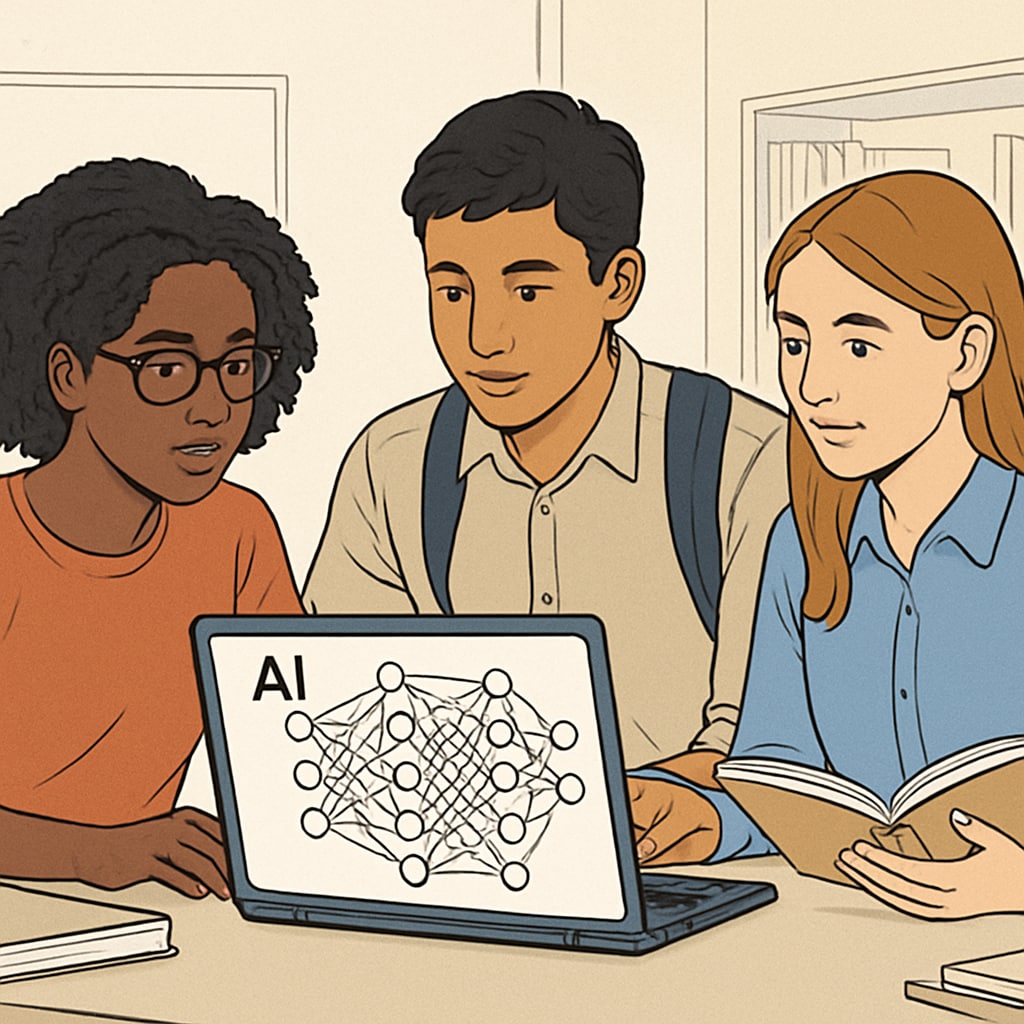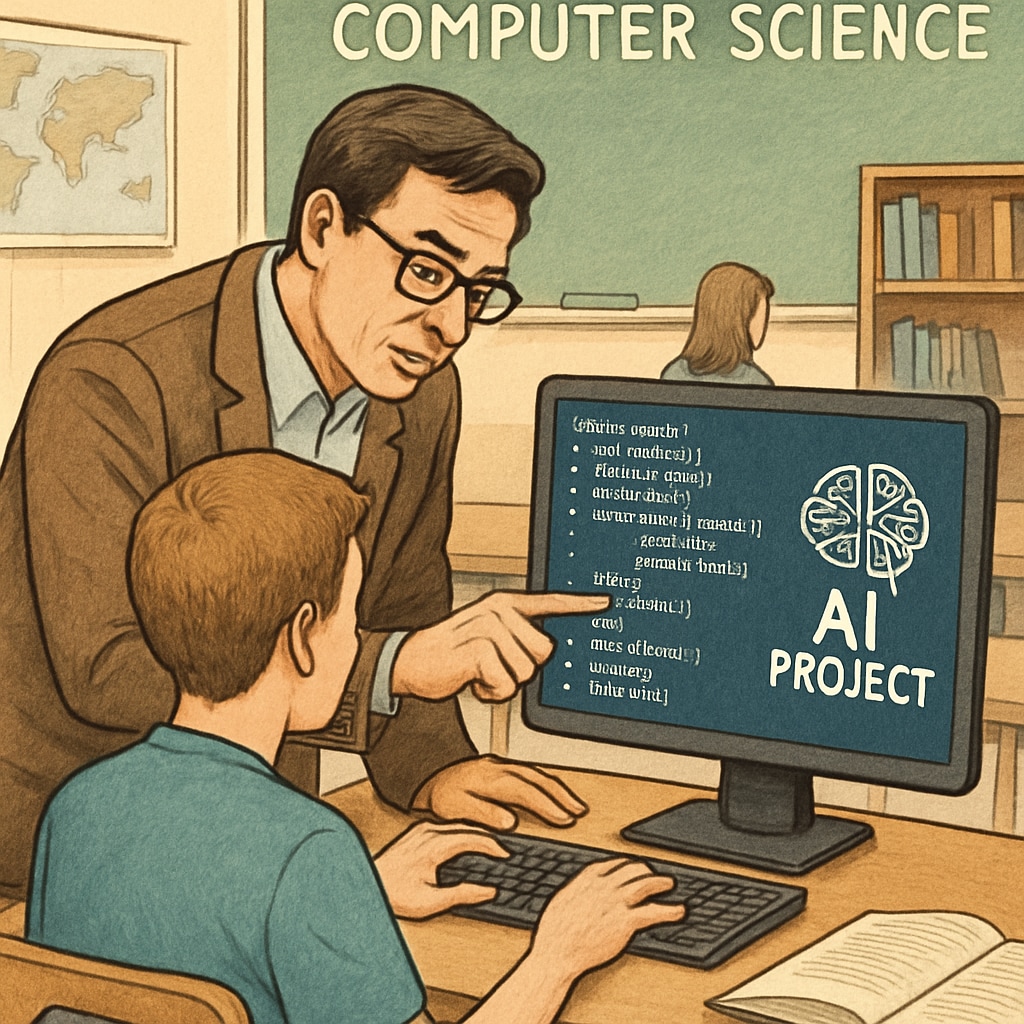Artificial intelligence education, student projects, and computational resource limitations present unique challenges for educators designing undergraduate courses. For second-year students with limited access to high-performance hardware, creating meaningful AI learning experiences requires careful planning. This article outlines practical strategies to overcome these constraints while maintaining educational quality.
Structured Learning Pathways for AI Fundamentals
Begin with foundational concepts before introducing complex implementations. A three-phase approach works effectively:
- Conceptual understanding (2 weeks): Focus on AI principles using visual tools like AI concept maps
- Algorithm simulation (3 weeks): Use lightweight tools like Google Colab for basic implementations
- Final project (4 weeks): Combine concepts into a complete but resource-efficient application

Resource Optimization Techniques
When facing computational resource limitations, educators can employ several practical solutions:
- Cloud-based platforms with free tiers (e.g., Google Colab, Kaggle Notebooks)
- Pre-trained model utilization from TensorFlow Hub
- Simplified datasets (MNIST instead of ImageNet)
- Algorithmic complexity reduction (shallow networks before deep learning)
For example, image classification projects can start with 10-class subsets rather than full datasets. Similarly, natural language processing tasks might use trimmed vocabulary lists.
Assessment Methods for Limited-Resource Projects
Grading criteria should emphasize learning outcomes over computational power. Consider these evaluation dimensions:
- Conceptual accuracy (30%)
- Implementation efficiency (25%)
- Documentation quality (20%)
- Creativity within constraints (15%)
- Peer collaboration (10%)

Project-based learning in artificial intelligence education requires balancing ambition with practicality. By focusing on core concepts and creative resource use, educators can design meaningful student projects despite computational resource limitations. The strategies outlined here demonstrate that quality AI education doesn’t depend on expensive hardware but rather on thoughtful curriculum design.
Readability guidance: The article maintains clear structure with transition words (for example, similarly, rather than) and avoids complex sentence structures. Technical terms like “MNIST” are explained contextually.


